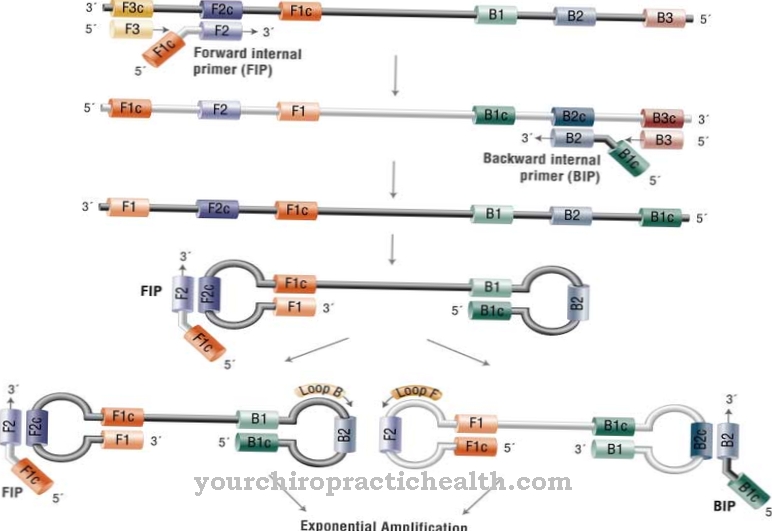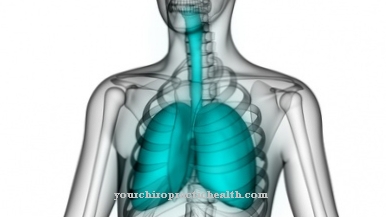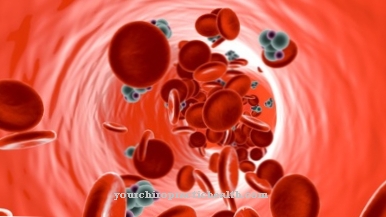The appearance of an organism is called a phenotype. The phenotype is shaped both genetically and by the environment. Natural phenotypic changes on an organism are usually caused by environmental influences.
What is the phenotypic change?

Phenotypic changes can occur both in a single organism and within a population of organisms. Each individual organism is initially born with a certain phenotype, which is determined by its genetic makeup. However, when the genetic makeup is taken into account, one speaks of the genotype. In the course of life, this genotype is constantly changed by environmental influences, which is what causes the phenotypic appearance. It too is always changing. In this case, we speak of modification.
However, within a population of living beings, genetic changes can also lead to phenotypic changes in the organisms. These are processes of epigenetics and evolution.
The phenotype includes all external appearances such as size, hair color, skin color or eye color. Internal (physiological) properties concern the functioning of the internal organs, the structure of the muscles and the occurrence of certain diseases. In contrast to the genotype, behavioral characteristics are also part of the phenotype.
Some traits are genetically determined and cannot be changed (e.g. the color of the eyes). Other properties are more variable and are subject to modifications over the course of life. This includes weight, for example.
Function & task
Every single organism experiences several phenotypic changes during physical development. For example, changes already occur during human development that are expressed in terms of size or sexual maturity. However, these changes are genetically pre-programmed. They are caused, among other things, by internal hormonal changes (e.g. during puberty).
How these changes take place and which phenotypic changes occur are in turn dependent on external influences. In addition to other factors, growth is also influenced by nutritional status. The better the diet, the taller a person can get. Body weight is also very variable. In addition, behavior is mainly dependent on the educational influence of parents and the school as well as on social factors.
Every trait is genetically created, but whether this predisposition is called up depends on environmental influences. There are predispositions for a higher body weight, for size, but also for certain behavioral characteristics. However, many body characteristics are also shaped differently in different milieus. Identical twins that have the same genotype can develop completely differently in different environments. There may also be deviations in appearance. The later way of life often determines the physical fitness and even the health development.
This phenological variability is often very useful. It enables a flexible reaction to different environmental influences. For example, people can gain experience and incorporate them into their behavior. Gradually changing the way he reacts to environmental stimuli gives him the opportunity to react flexibly. Without this flexibility, human society could not have developed in this way.
The extent to which the phenotype can be influenced by environmental influences is also known as the reaction norm. This reaction norm of individual characteristics is in turn determined genetically. So is z. B. the variability of weight in earlier human populations was vital. For example, periods of hunger could be bridged by first building up body reserves. In societies with sufficient food supply, however, this possibility of variation has lost its necessity.
With the phenotypic changes the genotype of the individual organism is not changed. However, according to current knowledge, epigenetic processes play a role. As part of these processes, certain genes are preferentially activated and others are inactivated. Epigenetics defines the limits within which the phenotypic changes of an organism can move.
It should also be mentioned that within a population of organisms due to changes in the environment, genetic changes (mutations) that are better adapted to the new environment are preferred over several generations. In this case, phenotypic changes within the population are also based on real genetic changes.
Illnesses & ailments
Phenotypic changes are not always desirable. This is particularly clear from the example of body weight. Body weight is a very variable body characteristic. Genetically there is a predisposition to being overweight, but with a normal-calorie diet and sufficient physical activity, weight will not increase. However, there are also people who cannot gain weight because the metabolism adapts to the energy supply.
As is well known, overweight poses a health risk. Whether certain diseases break out depends on lifestyle and other genetically determined predispositions. For example, not every obese person gets diabetes mellitus.
Furthermore, there may be hereditary factors for lipid metabolism disorders, which however only become effective with a certain lifestyle. Cardiovascular diseases are also dependent on lifestyle, body weight and genetic makeup.
In contrast, a very healthy lifestyle in the case of a genetically predisposed disease can prevent its onset. The corresponding environmental conditions often also have an influence on the length of life and the quality of life, although a certain genetic constellation does not prove to be favorable.
Even people with obviously genetic diseases can sometimes develop very well with good support and therapy. In the case of the genetic metabolic disease phenylketonuria, for example, a special diet only has to be followed during childhood so that the symptoms do not occur.
Hormone-related predispositions can also lead to significant physical changes. In women, for example, increased testosterone production in the adrenal glands can lead to a more masculine appearance. Conversely, in men with a higher level of estrogen formation, secondary female sexual characteristics may develop in some cases. However, this is not a health or medical concern, but merely represents a possibility of variation. The only disadvantages of this variation result from the social interpretation that this is abnormal.



























